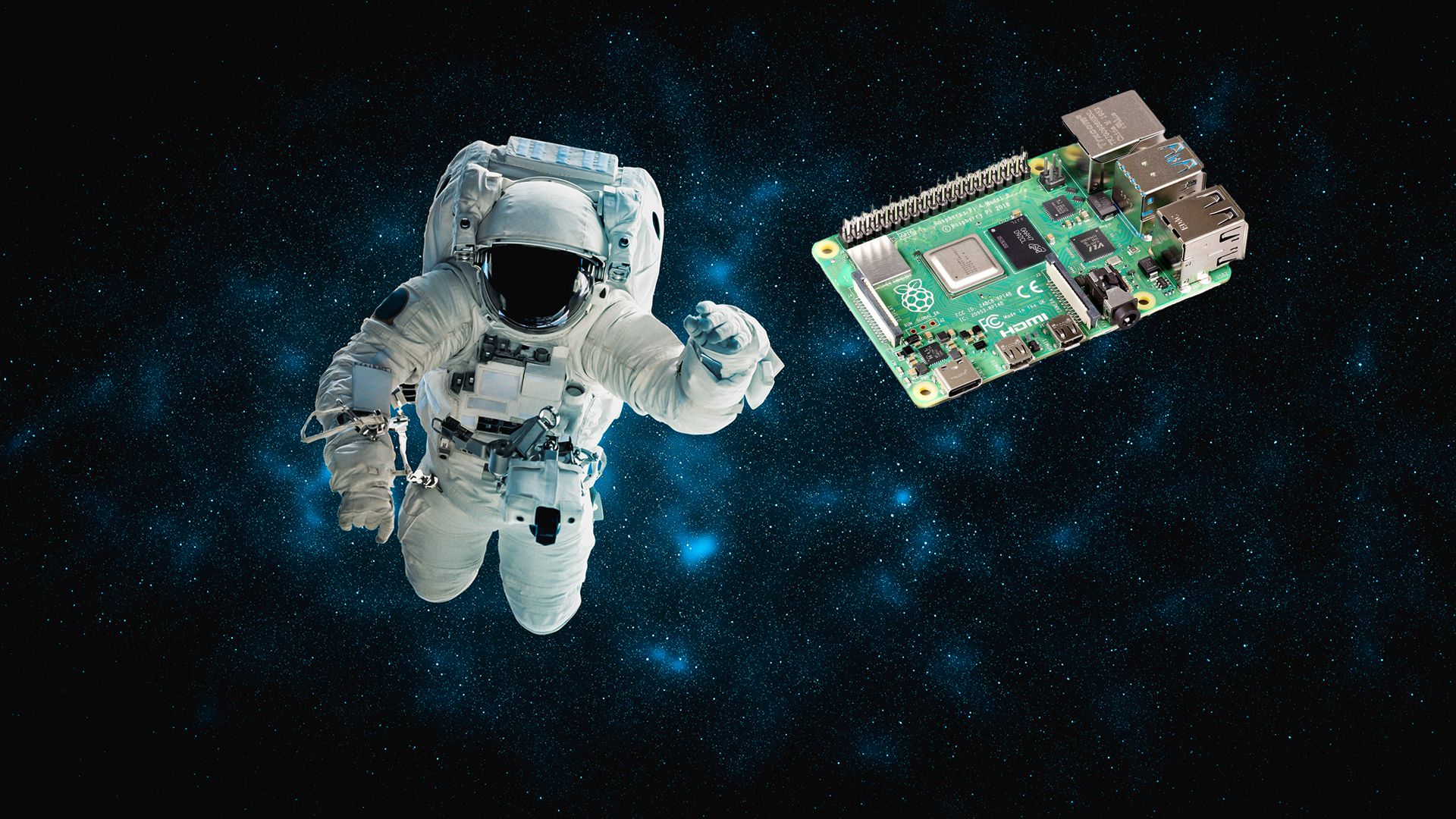
14,993 young students created 9408 programs designed to run on Raspberry Pis in space. Each program ran for at least 30 seconds and accomplished a variety of tasks like taking pictures of the Earth, measuring the air in the ISS, and unintentionally keeping one poor astronaut from his beauty rest.
The whole event is dubbed Astro Pi, and is made possible by two Raspberry Pis aboard the International Space Station (ISS). Students create programs designed to accomplish one of two tasks, “Mission Zero” and “Mission Space.” The first takes measurements of humidity inside the ISS Columbus module and displays those measurements on an LED matrix along with a custom message. Each program runs for 30 seconds.
The second goes a lot further and involves running programs for three hours of one of two Raspberry Pis dubbed Ed and Izzy. Izzy is equipped with a near-infrared camera, and the participating programs took pictures of Earth from space in an effort to predict weather patterns by analyzing cloud formations. Programs on Ed use its sensors to investigate life inside the ISS by measuring the direction and force of gravity inside the Space Station, analyzing onboard air quality, and calculating the position and direction of the Space Station in orbit.
But if you’re wondering how that keeps an astronaut from sleeping, you’ll need to keep in mind the cramped space available on the ISS. While it is relatively large at 109 meters, the ISS only contains seven sleeping pods. Occasionally, such as during crew rotation, there are more than seven astronauts aboard.
During the Astro Pi experiences, 11 astronauts were living on the ISS, which means some of the crew had to sleep wherever space was available. And that’s where the Raspberry Pis come in. Without a proper sleeping pod, it’s hard to block out anything around you. And during the ‘night’ (abord the ISS, there’s no true day and night) one crew member slept directly across from Ed. Remember that led matric display? Apparently, it shined enough light to keep the astronaut awake. Think about how dark you like a room when you go to sleep and it makes sense. Ultimately the astronaut asked permission to cover the LED matrix at ‘night’ so he could get some sleep.
As for the students, they now have all the data their programs measuring the mission, and the next step is to examine it and prepare some final reports. And to brag to all their friends that they once sent code to space.
Source: Raspberry Pi Foundation




